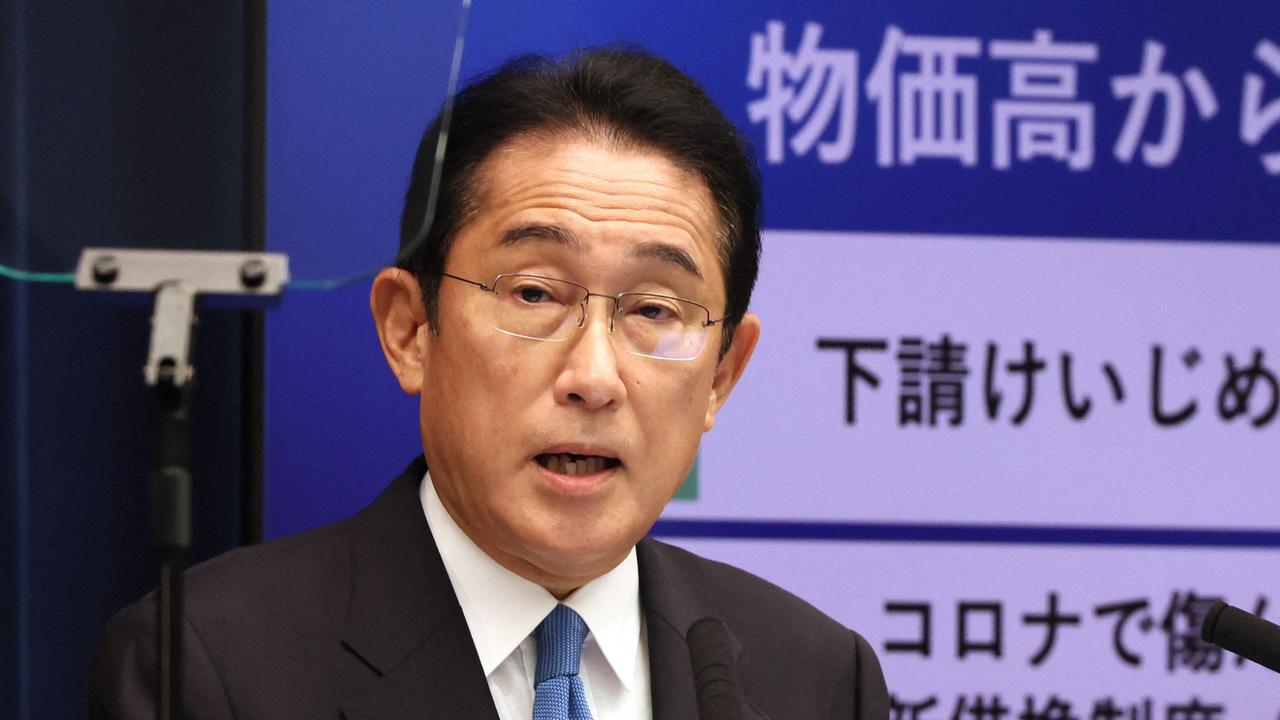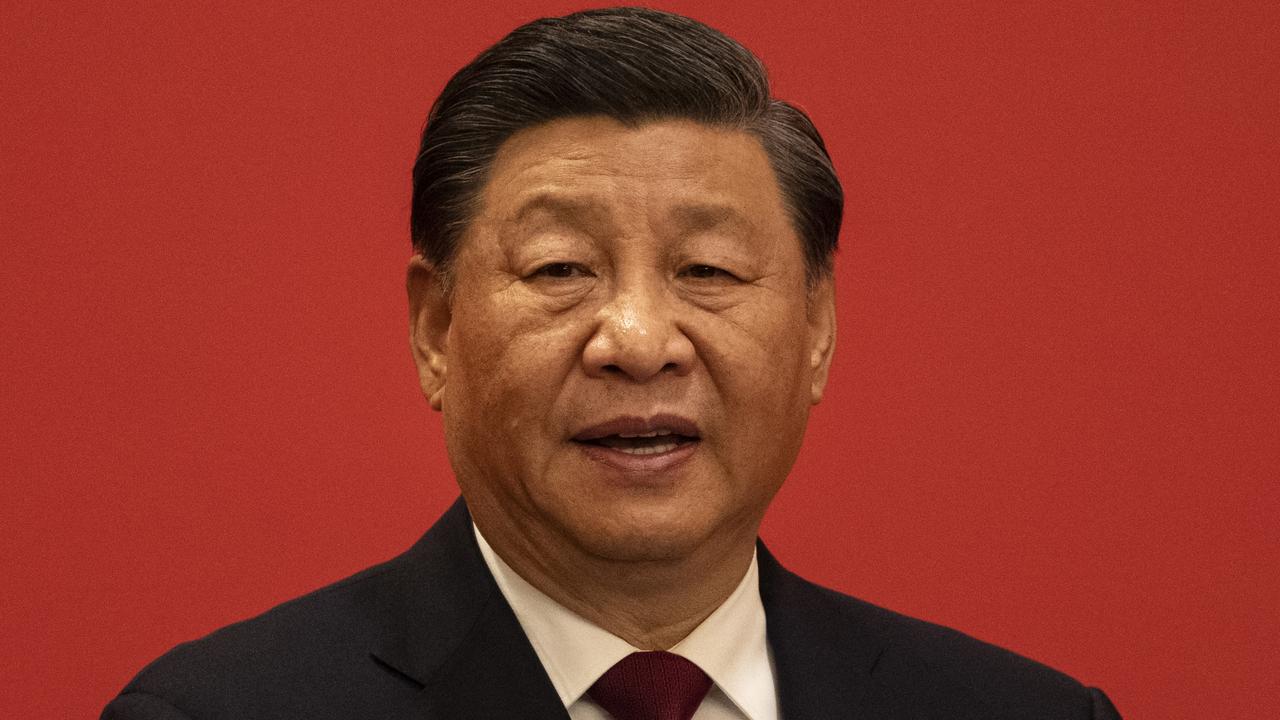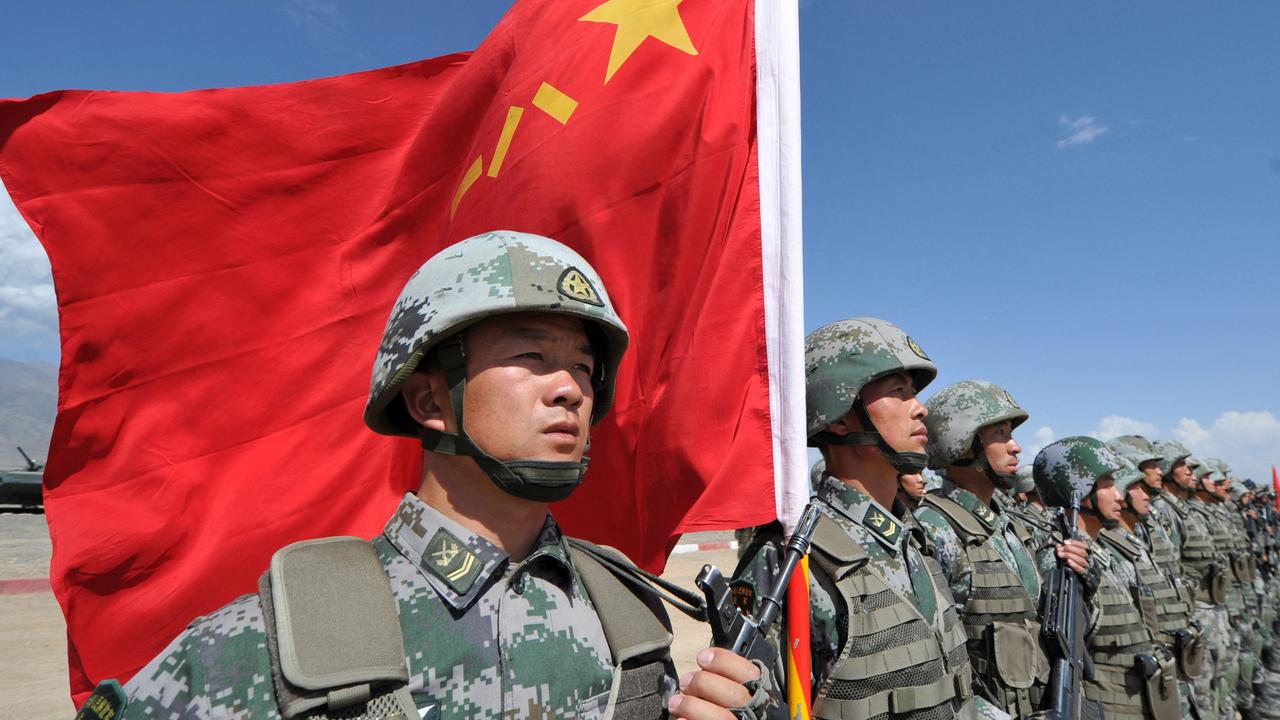Japan is bracing itself for war with China
One of the world’s most powerful countries has long been sworn to pacifism. China’s increasingly worrying actions are forcing it to reconsider.
Japan is worried. A close neighbour is talking tough. It wants control over Tokyo’s southernmost islands, shipping lanes and oil reserves. Now that talk is relentlessly marching towards action.
Prime Minister Fumio Kishida last weekend pledged he would prepare to face aggression.
“We must prepare ourselves for an era when actors emerge to disobey rules and use force or threats to destroy the peace and safety of other nations,” Kishida said as he addressed an international fleet review in Tokyo Bay. “We will accelerate realistic discussions on what’s needed to defend our people by keeping all options on the table.”
That’s more complicated than it sounds.
Japan has a strict pacifist constitution. It was adopted after World War II as a result of its invasion of China in 1937 and attack on Pearl Harbor in 1941.

Tokyo’s reputation has never fully recovered.
And China’s Chairman Xi Jinping is keen to exploit this bitter history.
In 2016, Xi declared it was a “heavy historical responsibility” for his generation to secure the Japanese-administered Senkaku Islands and dominate the East China Sea. But some in Beijing also have eyes on the entire Ryukyu Island chain - including heavily populated Okinawa.
This would give Beijing guaranteed access to the Pacific Ocean and a buffer against retaliatory action from the United States.
It’s already working towards this goal.
Last week, a Chinese survey ship crossed through Japanese sovereign waters as warships from the US, Japan, India, and Australia gathered ahead of the annual Malabar war game.
It’s just the latest expression of Beijing’s hostility. Nuclear submarines have entered Tokyo’s waters, combat aircraft regularly circle the home islands, and there’s a near-permanent incursion of fishing boats and coast guard vessels in Japanese-claimed waters.
Now 90 per cent of the Japanese population say their government must prepare for a Chinese attack on Taiwan. Some 40 per cent want the constitution amended to boost Japan’s ability to respond.
And that was before Chairman Xi escalated tensions even further by firing ballistic missiles into Japan’s exclusive economic zone following US House Speaker Nancy Pelosi’s visit to Taipei.
Xi’s ‘first island chain’ obsession
On Tuesday, Chairman Xi visited the Central Military Commission in Beijing to tell his forces to “prepare for war” and “fight and win”.
Xi instructed his generals to “resolutely safeguard” national sovereignty, security, and development interests. He said he expected them to be successful in those tasks “entrusted by the party and the people”.
It was a further confirmation of the intentions he expressed at the recent 20th National Congress: “We will strengthen the normal and diversified use of military forces, carry out military struggles with determination and flexibility, shape the security posture, contain crises and conflicts, and win local wars,” he proclaimed last month.

A Chinese navy survey ship entered Japanese territorial waters early on November 2. It was the fourth People’s Liberation Army Navy (PLAN) incursion this year.
Beijing argues it was merely exercising its United Nations Convention on the Law of the Sea “right of transit”, just as Tokyo does when its ships pass through the Taiwan Strait. Taiwan says the Tokara Strait in Kagoshima is not an international shipping lane - just as Beijing claims about the Taiwan Strait.
Tokyo is concerned the survey ship was mapping the 1000m deep waters to help China’s attack submarines slip undetected between the East China Sea and the Pacific. And to counter similar movements by US and Japanese vessels.
Such a survey does not constitute “innocent passage” - the condition the Law of the Sea imposes on foreign warships crossing territorial waters.
It also represents an expansion beyond the tense standoff between Tokyo and Beijing over the Senkaku Islands off the coast of Taiwan. Chinese fishing militia and coast guard vessels maintain an almost constant presence within the economic zone of these Japanese-administered islands. Just as they do the contested shoals and reefs of the South China Sea.
Sins of the fathers
Prime Minister Fumio Kishida warned in June that he had a “strong sense of urgency” that “Ukraine today may be East Asia tomorrow”.
He highlighted concerns that Beijing had a proven track record of not abiding by the post-World War II, United Nations-led “rules-based” global order.
“Perceptions of security have drastically changed around the world,” he said.
This shift in Tokyo’s diplomatic tone in recent months has upset Beijing.
Foreign Ministry spokesman Wang Wenbin said that Japan should “immediately stop the erroneous practice of hyping up security threats in the neighbourhood to justify its military build-up”. “It is worrying that Japan is deviating from the path of pacifist and an exclusively defence-oriented policy”, he added.
Japan and China have fought over regional domination for centuries.

And World War II is still fresh in the South East Pacific’s minds.
“What Japan did during World War II brought catastrophe upon its people.,” a recent Global Times editorial proclaimed.
“But Japan refuses to face up to the history and reflect on its evil doings. Instead, it has been trying to conceal its war crimes and even whitewash them. This is an insult and contempt to all the innocent people who suffered from Japan’s militarism.”
But Tokyo is worried its pacifist constitution limits its ability to defend itself.
Beijing’s incursions began shortly after Xi insisted the Senkaku islands were Chinese in 2016. A few months later, a Chinese warship entered the island’s waters for the first time. And the number of Chinese military aircraft probing the edges of Japanese airspace soared.
With the prospect that neighbouring Taiwan may soon be subject to invasion, Japan is assessing its options.
And that’s leading to a fundamental change in its defence thinking.
Preserving the status quo
“We are deeply concerned by China’s increasingly aggressive and bullying behaviour in the Taiwan Strait, and elsewhere in the region,” US Defense Secretary Lloyd Austin said as he met his counterparts from Australia and Japan early in October.
“Our interest lies in the upholding of the global rules-based order. But we see that order under pressure in the Indo-Pacific as well, as China is seeking to shape the world around it in a way that we’ve not seen before,” Australian Minister for Defence Richard Marles added.
As Tokyo seeks to strengthen its regional relationships, it’s also contemplating putting aside a 1 per cent GDP defence spending cap. It wants to double that to 2 per cent, putting it on par with NATO spending.
And it’s already started preparing for the worst.
According to The Japan Times, Tokyo is moving to purchase US Tomahawk cruise missiles.
“The plan to purchase sea-launched Tomahawks, which have a range of up to 2500 kilometres and can travel relatively low to the ground, emerged as the government aims to declare the possession of “counterstrike capability” in its key long-term security policy guideline to be updated by the end of this year,” the report said.
Such a capability has been identified as necessary under a recent operations review conducted with the US. It examined ways to deter attacks on its southern islands. It now plans to turn some of these into military bastions defended by anti-ship and anti-air missiles.
“The national security environment surrounding our nation is growing more severe, including the East China Sea and South China Sea,” Prime Minister Kishida said earlier this week. “The enhancement of our naval capabilities cannot wait, including the construction of new naval ships, bolstering our missile defence capacity and improvement of the work conditions and compensations for our personnel.”
More Coverage
Meanwhile, Australian Navy warships HMS Arunta and HMS Stalwart are joining Indian, US and Japanese vessels in military exercises intended to boost their cooperation and interoperability.
Australia’s Chief of Navy Vice Admiral Mark Hammond met Japan’s Prime Minister Fumio Kishida on the flight deck of the helicopter carrier JS Izumo earlier this week.
“The JMSDF is one of the most capable navies in the Indo-Pacific. We work closely together to advance peace and prosperity around the region,” Vice Admiral Hammond said.






